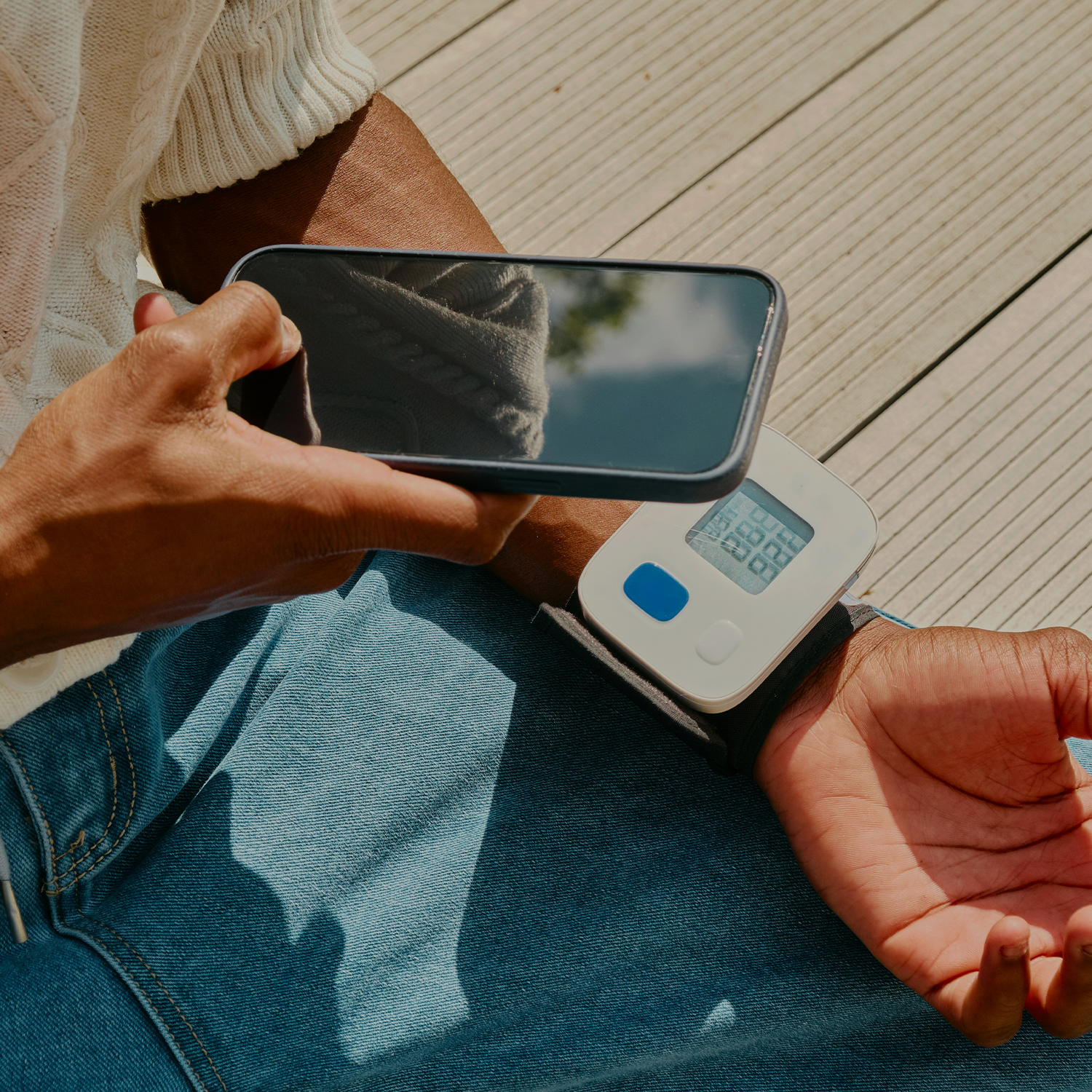Blog

How Wearable Injectors and Connected Devices Are Revolutionizing Drug Industry
Wearable injectors and connected devices have become key players in transforming drug delivery, offering innovative solutions that enhance both patient experience and medical outcomes. As the demand for at-home, self-administration of complex drug therapies rises, the integration of digital technologies in healthcare is paving the way for more accessible and effective treatments. Keeping pace with these innovations is not only essential for industry professionals but also for those directly impacted by the evolving landscape of patient care.
The Rise of Wearable Injectors and Connected Devices
Wearable injectors are evolving rapidly, reshaping how patients receive medications that were once limited to clinical settings. Devices such as the Empaveli Injector, designed for those suffering from paroxysmal nocturnal hemoglobinuria, enable hands-free administration of high-volume drugs, making treatments like these more convenient for both at-home and in-clinic use. This evolution reflects a broader trend where these injectors are now integral in patient care conversations, alongside more traditional delivery methods such as prefilled syringes and autoinjectors. As industry expert Alexandra Benbadis noted, wearable injectors are becoming less intimidating and more familiar to users, which is essential for patient acceptance.
Connected devices, a trend that has already permeated the consumer market, are now making their mark in healthcare. Smart devices have long been part of our everyday lives, from fitness trackers to smartphones, and healthcare products are following suit. These connected devices integrate sensors and wireless communication technologies like Bluetooth and Wi-Fi, enabling real-time monitoring of medication adherence and health metrics.
Challenges and Opportunities
Despite their growing presence, wearable injectors and connected devices face challenges, particularly around user acceptance and ease of use. Devices like wearable injectors disrupt the mental model users have about drug administration, which may lead to confusion or intimidation when patients first encounter these technologies. As highlighted by Benbadis, robust training and intuitive product design are essential to overcoming these hurdles.
On the technological front, the challenge lies in ensuring that connected devices genuinely meet the needs of patients. Some manufacturers may feel pressured to add connectivity features without fully validating their necessity. However, when implemented correctly, connected devices provide substantial benefits, including better patient adherence, reduced healthcare costs, and improved clinical outcomes.
Innovative Trends: From Data Integration to Mobility
The push toward connected drug delivery devices is largely driven by the Internet of Things (IoT). These devices allow seamless integration with digital health platforms, making it easier to track medication usage, patient compliance, and health data in real-time. The ability to collect and analyze this data provides healthcare professionals with invaluable insights, enabling personalized care plans and proactive intervention.
Looking ahead, one of the most anticipated innovations in wearable injectors is enhanced mobility during drug administration. Current devices still require patients to remain stationary, but future models aim to offer greater flexibility, allowing patients to maintain their daily routines without interruption.
Why Staying Up-to-Date is Crucial
Staying current with these technological advancements is crucial for professionals across the healthcare and medical device industries. As the wearable injectors and connected devices market continues to expand, attending events like the 6th Drug-Device Combination Products Conference is essential. This event, scheduled for November 15–16, 2024, in Berlin (Germany), will offer invaluable insights into the latest trends, challenges, and regulatory considerations in the development of these devices.
Designed for a wide array of professionals, from device engineers and human factors experts to those in regulatory affairs and quality control, the conference will cover critical topics such as harmonizing design controls, material compatibility, sustainability, and digital health integration. It provides a platform for exchanging ideas, learning about new technologies, and staying competitive in a rapidly evolving field.